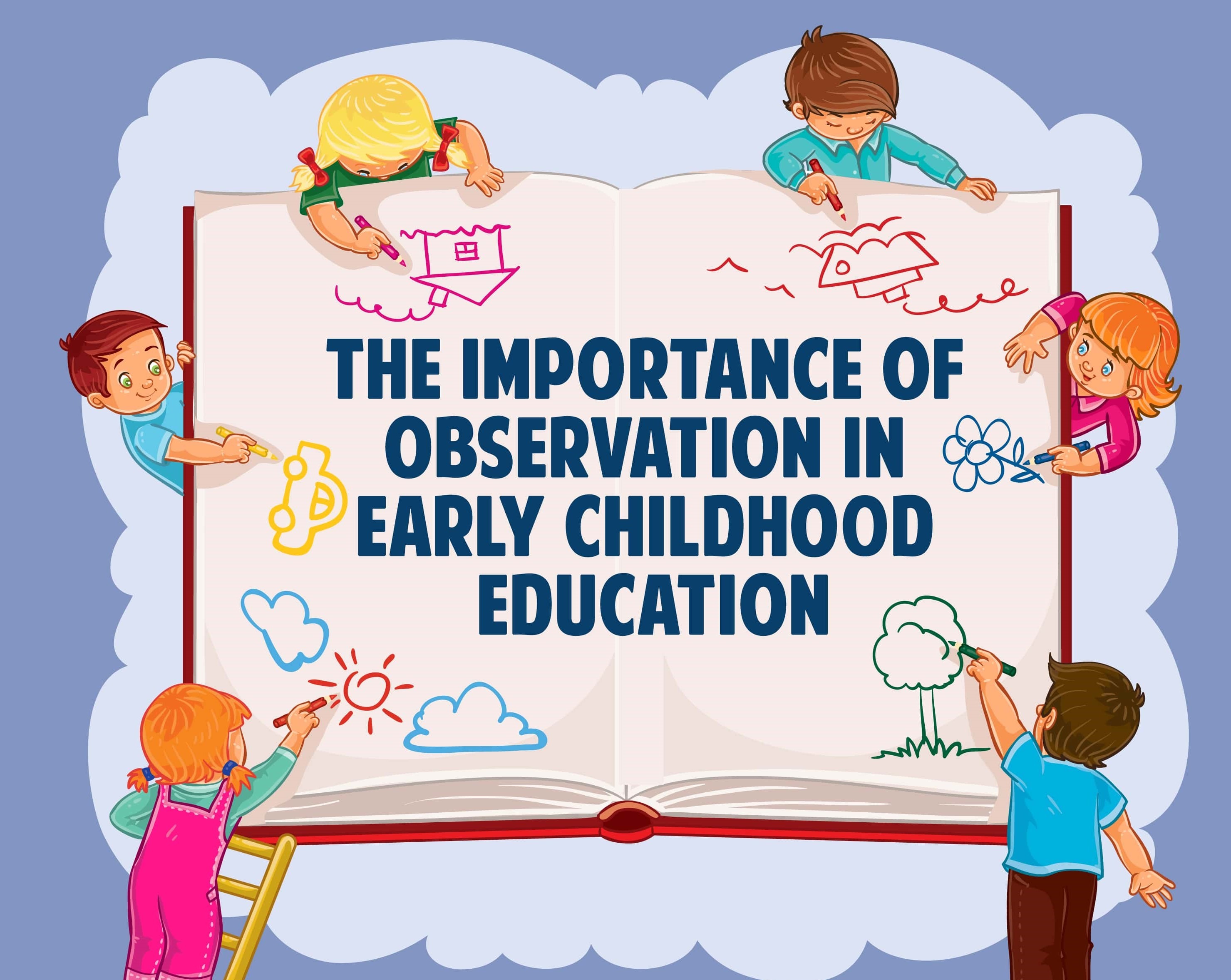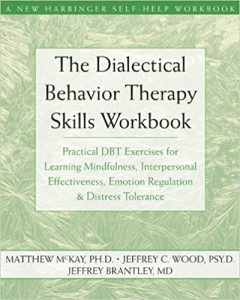Dialectical Behavior Therapy (DBT) is one of the fastest growing approaches — because it works! It harnesses the power of CBT and mindfulness in a strategic way that gets results.
And now you can learn how to share and adapt the evidence-based DBT model for children and adolescents in practical and engaging ways — tailored to their unique developmental needs.
Join DBT expert Jean Eich, Psy.D, LP, to discover how DBT can help the kids you work with manage out of control behaviors and emotional regulation deficits that can often be associated with ADHD, attachment disorder, ODD, eating disorders, anxiety, depression, substance abuse and more...

You'll get step by step instruction on how to use mindfulness strategies and techniques that will help young clients observe and identify moments of distress, master skills to manage their emotions and behaviors, and develop communication strategies to talk about how they're feeling so they can maintain healthy, positive relationships.
This course will help make even your most challenging child and adolescent clients easier to treat by showing you step by step how you can use DBT in a fluid and flexible way specific to your clients — so you can help transform treatment outcomes and improve the health, well-being and happiness of today's youth.
Marsha Linehan, the founder of DBT, developed a 6-step technique that will help you look more closely at the way your emotions spiral out of control. When you familiarize yourself with this technique, you will be able to apply it next time you feel like you are burdened by an avalanche of overwhelming emotions that are piling up.
Powered by Create your own unique website with customizable templates.
Oct 24, 2018 - DBT activity ideas for kids and teens. See more ideas about dbt activities, emotions, dbt. NOTE: Person Growth Worksheets will not be used as homework. These are for your use only. Please DO NOT Submit any filled in sheets in Lesson Group. Tools to reduce emotional suffering and vulnerability and increase positive emotions Behavior Modification and DBT In the final module, you'll complete your skills training knowledge by learning how to teach your clients interpersonal effectiveness skills. Anger is an emotion that can overwhelm anyone, especially a young child. When a child is not taught proper emotional regulation skills, they can have trouble with learning how to manage their behaviors in reaction to their feelings. This can result in behavioral issues and troubles with communication.

Primary Emotion Work Sheetdialectical Behavioral Trainings
Sometimes we are not even aware of everything that we felt in the situation, or how we were actually thinking about the situation. Becoming mindful about these six phases, as opposed to being on autopilot can make a world of difference between a healthy and a harmful way of coping with a emotional whirlwind.
Step One: Describe the Situation
Think of a situation from the past where you felt overwhelmed with a lot of emotions. It can be about any aspect of your life. Describe the situation - what happened, where it happened, who was involved.
Step Two: What Caused the Situation

Write down your thoughts on what you think caused the situation. The way you explain the situation to yourself will shape your emotions about the situation. Try to remember the situation you picked and be honest about what your thinking process was like during the event. What do you think caused the main aspects of the situation?
Step Three: Primary and Secondary Emotions
Now that you described the situation and what you think caused it, it's time to describe how you felt as a result. Try to remember what your emotions were. What did you first feel? Were there other emotions that you felt as a response to the first one? For example, maybe first you felt disappointed at somebody, and very shortly afterwards you felt anger and self-hatred, and eventually that led to you feeling depressed. When you feel overwhelming emotions, you probably have physical sensations in your body because of the emotions. Do you remember how your body felt during the situation? Were you tense, fast heart-beat, sweating? Perhaps you felt like crying and your body started trembling.
Step Four: Identify Your Urges
What Is Dialectical Behavioral Therapy
What did you want to do as a result of your emotions? What was your first urge? What action did you want to take? This is not necessarily what you eventually did, it can be just a thought that you briefly had. This is a very important step as you become more used to this technique. Next time you find yourself in a situation where you experience overwhelming emotions, recognizing your urges can help you to not automatically act on them.
Step Five: What Did You Do?
In this step, think about what you actually did. What action did you take as a result of your emotions? Take your time and try to remember. Did you have an argument with somebody because you felt really hurt and angry? Try to remember what you said to the other person if there are other people involved in the situation.
Step Six: Outcomes
Dialectical Behavioral Therapy Workbook Pdf
How did this situation, your emotions and your resulting actions affected you later? Was the outcome of this situation good for you or not really? This step focuses on the consequences that you may experienced in the longer term. Being observant and honest with ourselves about whether the outcome of our emotionally-induced actions is good or bad for us can be very important for making a change.
Dialectical Behavioral Therapy Definition
Example
Primary Emotion Work Sheetdialectical Behavioral Training Techniques
| Phase | Experience |
|---|---|
| Describe the situation | I had a usual day at work, I came home where I live alone, and had an evening by myself. There was nothing extraordinary about the day. |
| What caused the situation? | I live a boring life, I avoid everything that is out of my comfort-zone. So just like every other day, nothing exciting happened. |
| Primary and secondary emotions | At first I felt really bored, but this grew into a feeling of sadness and disappointment about the lack of interesting things going on in my life. By the end of the day I just felt really empty. |
| Identify your urges | I didn't feel like doing anything useful, I just wanted to sit in front of the TV and drink wine. |
| What did you do? | That is exactly what I did. |
| Outcome | I drank more than I wanted to, I woke up the next morning, hung-over with a terrible migraine. I had to call in sick and I missed work. |